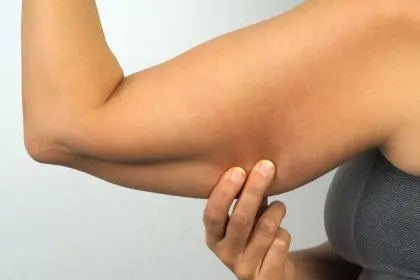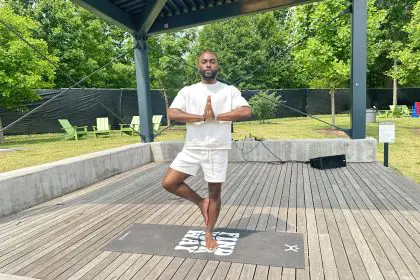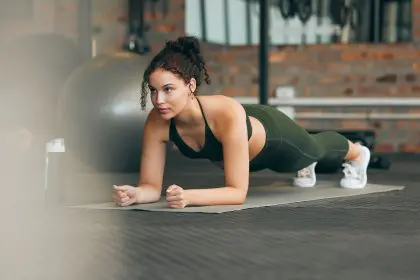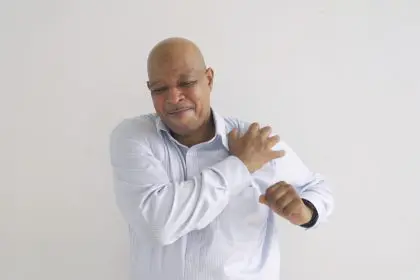
A few weeks ago, before its mid-season finale, an episode of AMC’s “The Walking Dead” got me thinking long and hard about the benefits of cardiovascular exercise. Don’t worry. Even if you don’t watch the show, you’ll still catch my drift.
The show’s resident head, post-apocalyptic survivor in charge, Rick, found himself in an impossible predicament for maybe the millionth time in a show that thrives on them. He was miles away from the safety of his home behind the walls in Alexandria, Virginia, in a stalled RV surrounded by walkers (zombies for those not 100 percent familiar with the show’s lingo).
With no one from whom to bum a ride in sight, our heroic everyman had no choice but make his way out of the vehicle by force and run the long way home.
It’s hard to imagine a scenario in which any of us, anytime in the near future, would have to run miles to safety away from a pack of swarming zombies. But many of us would likely struggle with a quick run to the convenience store, five blocks away in our best running shoes without stopping. That even goes for some of us regular gym rats as well. Fellas, I’m giving you the side-eye here because I know most of you just don’t see the value of incorporating something generally associated with getting smaller into your regimen when all you want to do is get bigger.
Here are a few reasons to get serious about cardio. And while none of these top the possibility of having to use your legs to escape certain zombie death, this list was compiled with our obsession with building mass in mind.
- It will help you show off your muscles better. Contrary to popular fitness jargon, there really is no way to turn fat into muscle. You can replace fat with muscle, which is a very different thing. So, if you’ve been doing heavy lifting hoping to flip that fat, you’ve been doing so in vain. A lot of us have spent years building bulk that is invisible, hidden beneath layers of our body’s fat. Maintaining a regular cardio routine helps keep the body’s fat index in check bringing out the best in our muscles, allowing them to be seen in all their glory.
- It helps tell your body to send the nutrients from your food to your muscles. Cardio improves the way your body metabolizes food and its sensitivity to insulin and a couple of other “science-y” sounding things that are too technical to write here. What these things mean in layman’s terms, however, is with a regular cardio routine your muscles will absorb the nutrients you eat and less of them will be left for fat storage.
- A leading exercise physiologist (https://www.menshealth.com/fitness/long-runs-build-muscle) says that low-intensity cardio can make your muscles more efficient. Chris Frankel, Ph.D., argues that aerobic exercise can help you put on more muscle by making your lifting sessions more effective. He contends, “Aerobic work can help improve your readiness.” Your body’s readiness is defined as its ability to adapt to different training loads. Simply put, longer, slower cardio equals better readiness equals better adaptation to high-intensity lifting which means bigger and more defined muscles.
Here’s to a healthier you,
Rosalyn
Rosalyn R. Ross is a yoga instructor and media professional based in Memphis, Tennessee. In addition to her group yoga classes, Ross also works one-on-one with athletes seeking to expand their practice of yoga. She currently works with the University of Memphis men’s basketball team and is a sought after freelance sports journalist specializing in print and radio.
Instagram: R_Trinity
Twitter: @R_Trinity















